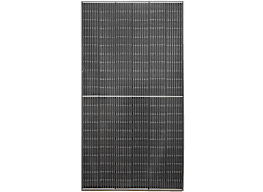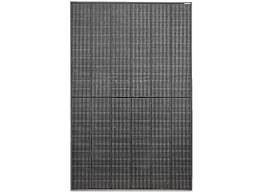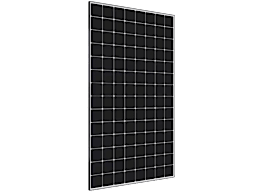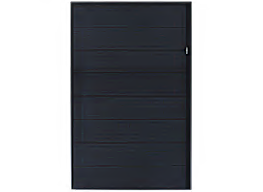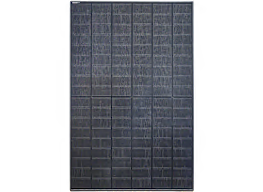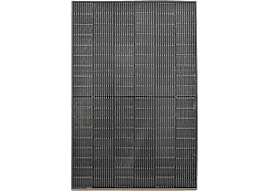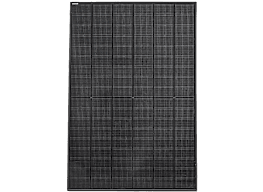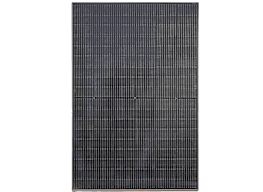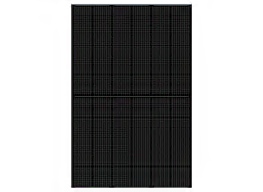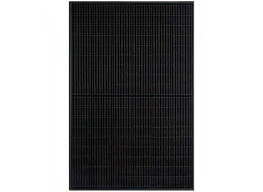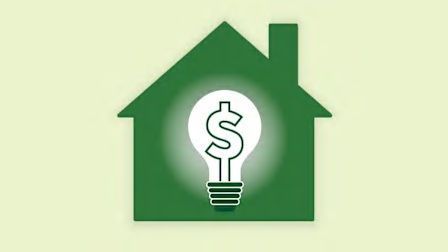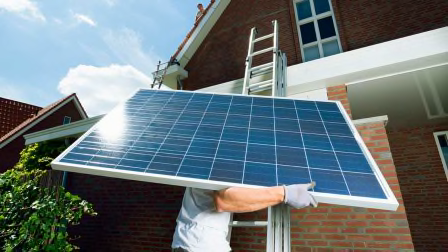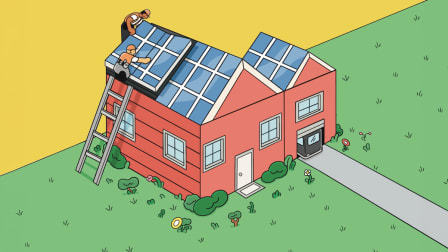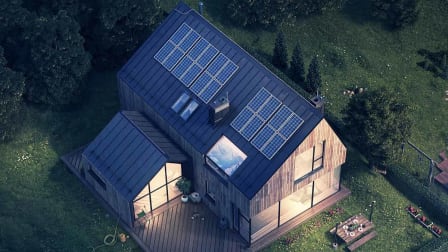Best Solar Panels of 2025
Choosing the right ones will ensure that they produce plenty of electricity, even in extreme heat or on cloudy days
When you shop through retailer links on our site, we may earn affiliate commissions. 100% of the fees we collect are used to support our nonprofit mission. Learn more.
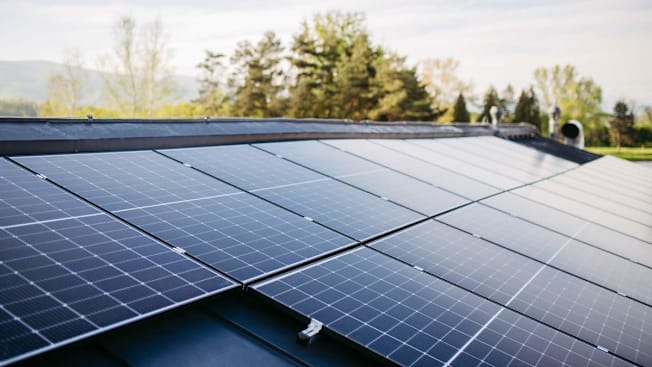
If you stop to think about it, it’s a marvel that we can harness energy from the sun. But we do, thanks to solar panels equipped with photovoltaic cells that convert sunlight to electricity. That’s no small feat, and the number of people powering their lives with solar isn’t so small, either. Some 5 million households in the U.S. now have solar panels, according to the Solar Energy Industries Association.
If you’re looking to go solar, choosing a skilled installer with experience in your locale is crucial to the project’s success. That’s because the process for installing solar varies from state to state and even city to city. Consumer Reports has guidance on how to vet installers and compare proposals.
Best Solar Panels
Consumer Reports tested 10 models of solar panels, looking to see which models delivered the power as promised and still managed to generate energy in high-temperature and low-light conditions. These three rose to the top.
What Makes a Good Solar Panel
The lifespan of a well-made solar panel, also known as a photovoltaic module, is about 30 years and potentially longer, according to the Department of Energy. You want your solar array to be making energy as efficiently as possible for that entire time. Some panels perform better than others because of how they are made, says Erion-Lorico.
“You can use a lot of materials and manufacturing processes to make a solar cell and a solar panel, and not all of those materials perform the same,” he says. “You can use different encapsulants, which are the glue that holds the panel together. Some of those encapsulants have higher transparency than others, allowing more light to reach the cell. Cell designs can be quite different.”
One way to discern a solar panel’s long-term effectiveness is with its “degradation rate,” which can often be found in the manufacturer’s power warranty information (or ask your installer). All solar panels are expected to dip in effectiveness over time. But the lower the degradation rate, the better, because your solar array will be working as close to maximum capacity as possible throughout its lifespan.
For instance, the Jinko Solar panel we tested has a first-year degradation rate of 1 percent, according to the manufacturer. Each subsequent year, the degradation rate drops to 0.4 percent or less. That means that after 30 years, the panel should be creating energy at a level that’s 87.4 percent of its first-year output, or greater. That’s at least 367 watts per panel after 30 years, assuming the panel starts out producing 420 watts.
Of course, extreme weather can affect any panel’s degradation rate. Kiwa PVEL also produces a scorecard with data on long-term reliability.
Is Installing Solar Panels Worth It?
There are a lot of reasons to go solar if you can. For one, it’s an abundant source of clean energy. Investing in solar can reduce or stabilize your energy bill—we’ve heard from people who have brought those bills down to zero—which is important at a time when the cost of electricity has surged. Over the past year, electricity prices have gone up nationwide at a rate more than twice that of inflation.
Installing solar panels on your roof can also increase the value of your home, and there are financial incentives to take advantage of. People who own their systems, as opposed to leasing them, can leverage the federal solar tax credit, which covers 30 percent of the cost of installation. That tax credit ends very soon, though, on Dec. 31, 2025. But you may also be able to tap into state and local incentives for solar projects.
Those financial incentives can be a huge help, because the up-front cost of installing solar panels is substantial. You might spend about $30,000 to install a typical system, according to EnergySage, an alternative energy marketplace. It says the average homeowner could break even on the investment in just over seven years with the federal tax credit, or close to 11 years without it.
Installing solar panels may not be worth it if you don’t intend to live in your home for years to come or if you need to replace or do substantial work on your roof before getting panels. You also want to make sure you have a good sense of your energy use so that you get a solar array that covers your needs. Otherwise, you may be disappointed.
How CR Tests Solar Panels
We tested three samples of each of the 10 models. To evaluate a panel’s electrical capacity, measured in watts per square meter, we placed the solar panels in a sun simulator, a dark chamber where the solar panel is exposed to a flash of light that mimics natural sunlight. One of these flash tests replicated the conditions of a bright, sunny day, while a second test simulated the lower light of a cloudy day. These light tests helped us determine whether the panels delivered the power as claimed and how efficiently they generated energy in less-than-ideal conditions.
We then tested the performance of the solar modules in high temperatures because panel performance drops in hotter conditions. The initial light tests to measure electrical output were conducted at a standard test temperature of 25° C (77° F). We raised the temperature to 50° C, and then again to 75° C (122° F and 167° F, respectively) because roof temperatures can be significantly hotter than the ambient temperature. We evaluated the power output as the panel warmed up.
Because panels can have manufacturing defects or suffer damage during the shipping process, technicians also checked each panel for flaws using three types of inspections, and then determined whether the problems were acceptable, minor, or severe. The first inspection was a visual analysis to check for things such as cracks or misaligned cells. Technicians then took an electroluminescence image of the panel—essentially an X-ray—to look for any hidden defects. Finally, they conducted a “wet leakage test” to make sure the electrical wiring in the panel was properly insulated for times when it gets wet.
How We Test Solar Panels
Solar panels go through multiple tests in the lab, including a flash test in a sun simulator, a wet leakage test to ensure electrical wiring is properly protected, and a visual check for defects.

















